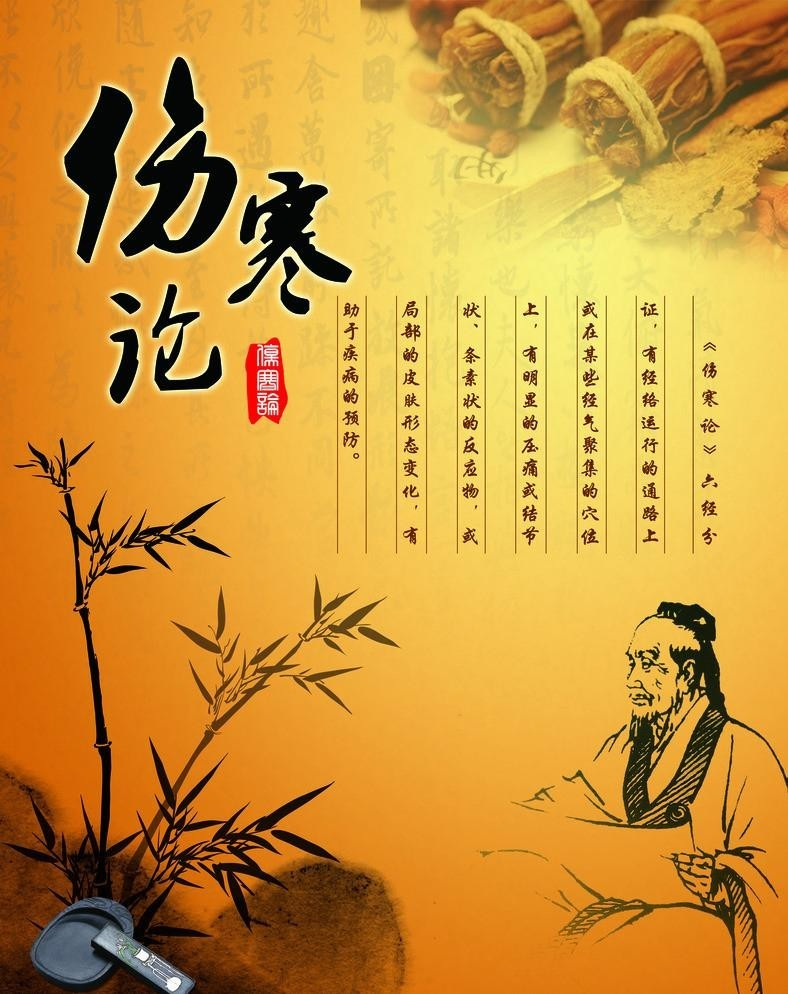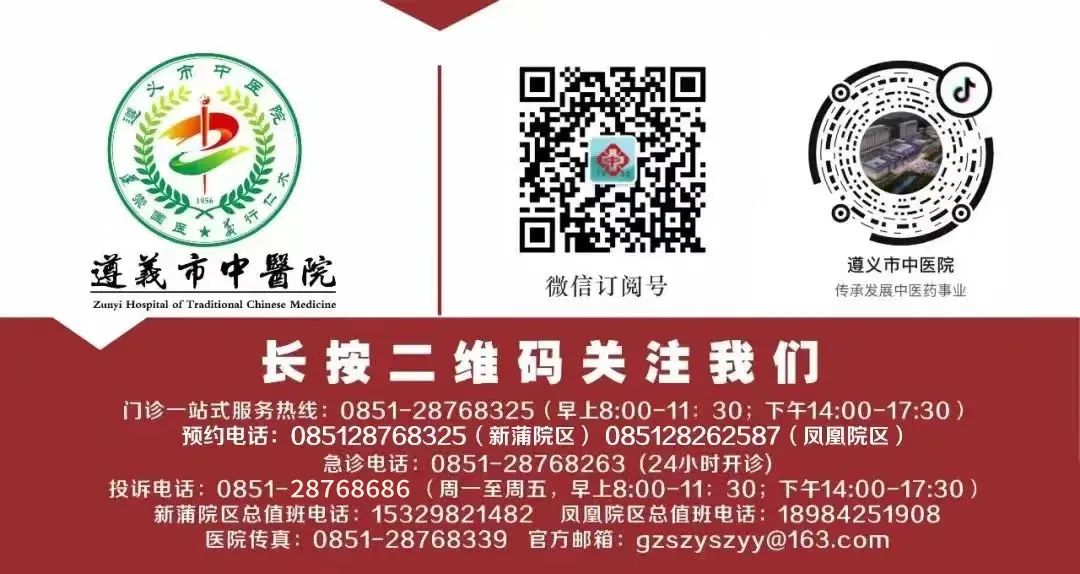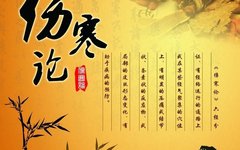
The “Treatise on Cold Damage” (Shang Han Lun) originates from the Eastern Han Dynasty, authored by Zhang Ji (also known as Zhong Jing). This text is selected from the Ming Dynasty edition of “Zhong Jing’s Complete Works – Reprinted Song Version of Treatise on Cold Damage” by Zhao Kai Mei. The numbered sections following the original text were added by later medical scholars for ease of study, following the order of the original text. This book includes a total of 195 original sections, of which 110 must be memorized and 85 must be thoroughly read.The accompanying formulas and verses reference the “Song of Decoction” (Tang Tou Ge Jue), “Changsha Formula Song” (Changsha Fang Ge Kua), and some “Lectures on Formulas” (Fang Ji Xue Jiang Yi), with certain phrases modified for ease of recitation.



Treatise on Cold Damage
Gui Zhi Tang (Cinnamon Twig Decoction)
If the patient often experiences spontaneous sweating, this indicates a harmony of Rong Qi (Nutrient Qi) and Wei Qi (Defensive Qi)①. The harmony of Rong Qi indicates that the Nutrient Qi is not affected by pathogenic factors. The Rong Qi circulates within the vessels, while the Wei Qi circulates outside. If the spontaneous sweating recurs, the harmony of Rong and Wei will lead to recovery. Gui Zhi Tang should be used. (53)
【Word Explanation】
①Harmony of Rong Qi: Rong Qi refers to Nutrient Qi. Harmony means balance, indicating that the Nutrient Qi is not affected by evil influences.
②External disharmony: Refers to the pathological manifestation of spontaneous sweating.
【Analysis】Section 53 begins with the word “disease,” which includes both external pathogens and miscellaneous diseases. If the patient only has spontaneous sweating without symptoms such as aversion to cold, headache, or fever, it indicates that it is not an external pathogen but rather spontaneous sweating due to a miscellaneous disease. The pathogenesis is due to the disharmony of Rong and Wei. This is evident from the text mentioning “harmony of Nutrient Qi,” “external disharmony,” and “the Wei Qi does not harmonize with Rong Qi.” This condition arises because the Wei Qi has lost its external protective function, causing the Rong Qi to leak outward, resulting in spontaneous sweating. For this type of spontaneous sweating due to disharmony of Rong and Wei, the treatment with Gui Zhi Tang can “restore the spontaneous sweating, and harmony of Rong and Wei will lead to recovery.” The term “restore the spontaneous sweating” refers to the fact that the disease originally had sweating, and the use of Gui Zhi Tang employs the method of inducing sweating. The distinction between “often spontaneous sweating” and “restore the spontaneous sweating” highlights the fundamental difference between spontaneous sweating and induced sweating, as Xu Ling Tai states in the “Classified Formulas of Treatise on Cold Damage – Gui Zhi Tang Category”: “Spontaneous sweating indicates a separation of Rong and Wei, while induced sweating brings Rong and Wei together. Spontaneous sweating harms the upright Qi, while induced sweating expels evil.”

Editor: Liu Ya Ning
First Review: Xiang Wei
Second Review: Liu Yi Wei
Third Review: Wang Qi Xian


